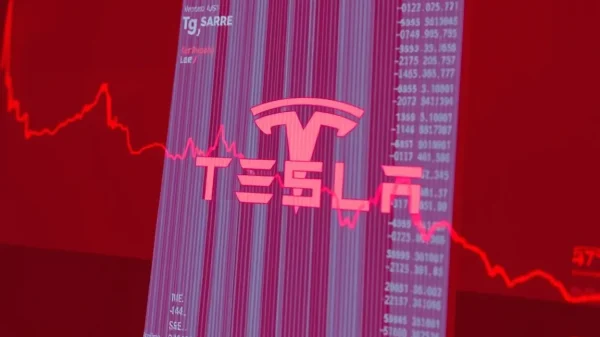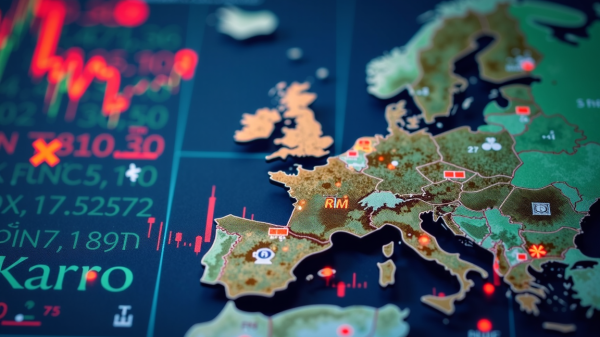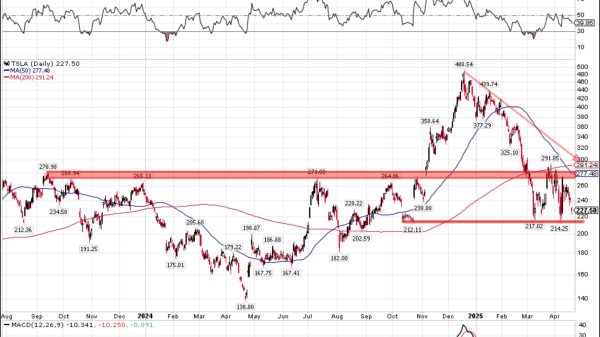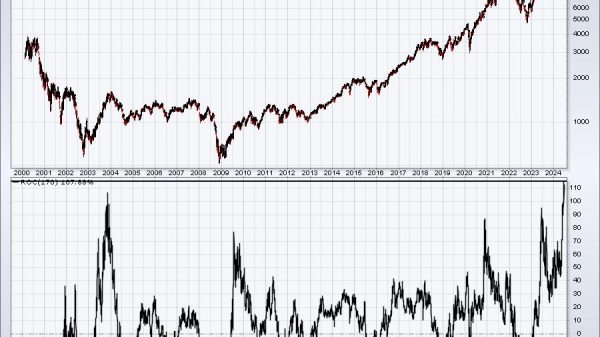In this Q&A, Jared Deith, EVP and Chief Revenue Officer at KORE, shares his insights on the evolution of IoT, its impact on industries, and how KORE is driving innovation in connectivity and managed services.
IoT Business News: How does KORE define the shift from the Internet of Things to the Innovation of Things?
Jared Deith: For years, IoT has been about getting devices connected. Making sure things can “talk” to each other. But now, we’re entering a new phase: the Innovation of Things. It’s not just about connecting devices; it’s about what we do with those connections. A great example is SGP32, the latest eSIM standard that makes managing IoT deployments a whole lot easier. Instead of being locked into a single carrier or dealing with physical SIM swaps, businesses can update connectivity remotely across multiple networks, anytime. That kind of flexibility changes the game, letting companies focus on innovating rather than troubleshooting connectivity.
What are the building blocks of IoT and how do they shape future technologies and innovations?
IoT is built on a few core elements – devices, connectivity, data processing and security. But here’s the thing: those elements are evolving fast. Take SGP32, for example: it’s revolutionizing connectivity by making IoT devices more flexible and future-proof. By removing carrier restrictions and eliminating the need to manage multiple SIMs, companies can roll out IoT solutions globally without the usual headaches. This kind of advancement isn’t just about convenience, it’s laying the foundation for smarter automation, AI-driven decision-making, and IoT deployments that are faster and more scalable across industries.
What will be the most important innovations in IoT this year and beyond?
Some of the biggest breakthroughs in IoT aren’t necessarily about new technology, it’s about how IoT is being used to tackle real-world problems. Sustainability is a huge driver right now. In agriculture, companies like Syngenta are using IoT to monitor biodiversity and improve crop yields, helping to fight food shortages. In accessibility, organizations like CoMotion are using IoT to support people with disabilities, creating solutions that enhance mobility and independence. And when it comes to environmental impact, IoT is helping track deforestation, optimize energy use and even improve disaster response. These applications aren’t just cool and exciting; they’re also making a real difference.
Where do you see the biggest opportunities for growth in the IoT industry?
If there’s one big opportunity for the IoT industry, it’s expanding the impact where it really matters most. Industries like healthcare, smart cities and industrial automation are already benefiting, but there’s still so much room to grow. Remote patient monitoring is making healthcare more accessible and efficient. Smart city projects are using IoT to manage traffic, reduce energy waste and improve public safety. In manufacturing, connected sensors are helping prevent costly downtime and improve sustainability. The more we integrate IoT into these industries, the bigger the impact it will have on our daily lives.
What are the major challenges companies face when adopting a fully integrated IoT ecosystem?
IoT has a ton of potential, but it’s not always easy to implement for businesses. Companies struggle most with three things: lack of internal expertise, security risks and the complexity of scaling deployments. Businesses know IoT is valuable, but without the right skill set, they hit roadblocks, which often lead to failure to launch when it comes to deployment or failure to scale when it comes to growth. Security is another major concern. As more devices get connected, the risk of cyber threats grows. And then there’s the challenge of scaling globally while managing different networks, regulations and technologies. That’s exactly why a managed service provider exists – to take those headaches off the table and make IoT adoption as smooth as possible.
What’s next for IoT, and where does KORE see itself in that future?
The future of IoT is all about seamless, global connectivity, and KORE is making sure businesses can stay ahead of the curve. One of the biggest shifts we’re seeing is the convergence of cellular and satellite connectivity. Instead of relying solely on terrestrial networks, businesses will soon have seamless coverage, even in the most remote locations, thanks to non-terrestrial networks (NTNs). That means IoT applications – from fleet tracking to environmental monitoring – will work anywhere on the planet. KORE is at the forefront of this movement, ensuring businesses have a single source for all their IoT connectivity needs. As the industry evolves, we’ll continue to lead the way, making IoT more accessible, intelligent and impactful.
The post From IoT to the Innovation of Things: A Conversation with Jared Deith, EVP & CRO at KORE appeared first on IoT Business News.

























